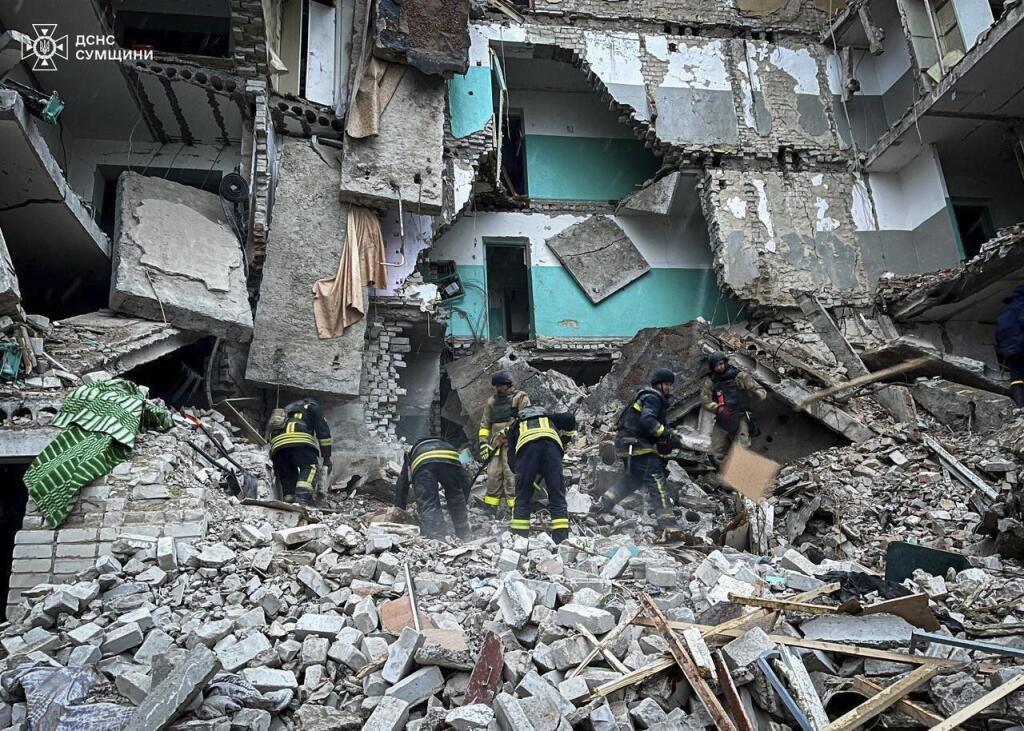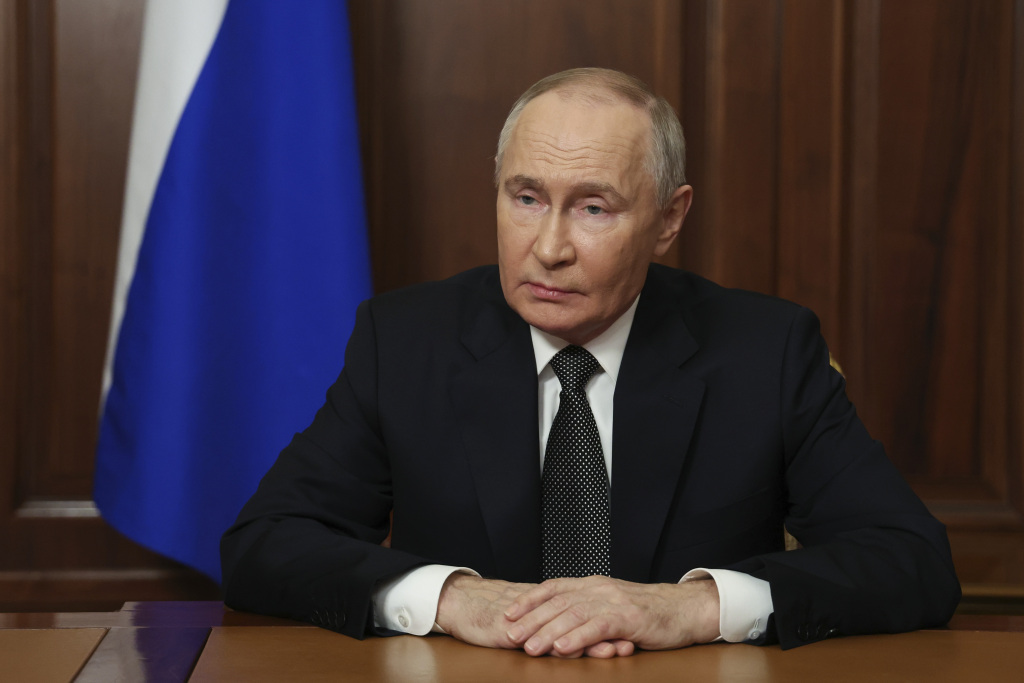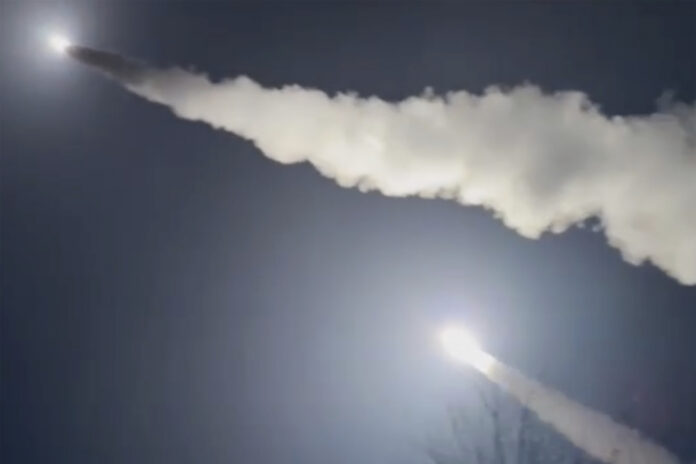A Week of Escalation: Ukraine Enters a Dangerous New Chapter in the War.
This past week has marked a dramatic and alarming escalation in Ukraine’s ongoing war with Russia, with events fundamentally altering the trajectory of the nearly three-year conflict. The week began with U.S. President Joe Biden reversing a longstanding policy by authorizing Ukraine to deploy American long-range missiles inside Russian territory. It ended with Moscow testing a new experimental ballistic missile, raising international concerns and fears of further escalation.

SUNDAY: U.S. Approves Long-Range Missile Strikes
The United States eased restrictions on Ukraine’s use of the Army Tactical Missile System (ATACMS), allowing Kyiv to strike targets inside Russian territory. This decision, long resisted due to fears of provoking direct confrontation between Russia and NATO, was reportedly prompted by new intelligence indicating North Korean troops were being deployed to support Russian forces in Ukraine.
While the specific scope of the new guidelines remains unclear, the move signaled a significant shift in U.S. policy and escalated tensions in the region.
MONDAY: Russia Warns of Escalation
The Kremlin responded swiftly, warning that Biden’s decision could further inflame the conflict. Russian government spokesman Dmitry Peskov accused the U.S. of “adding fuel to the fire” and provoking heightened tensions around the war.
TUESDAY: Ukraine Deploys ATACMS; Putin Reduces Nuclear Threshold
In a dramatic first, Ukraine used ATACMS missiles to target an ammunition depot in Russia’s Bryansk region. Although Ukrainian officials have not formally acknowledged the strikes, widespread reports confirmed the attack on the 1,000th day of Russia’s full-scale invasion.

On the same day, Russian President Vladimir Putin announced a lowering of the threshold for deploying nuclear weapons, stating that any conventional attack supported by a nuclear power could prompt a nuclear response. This chilling statement expanded the potential scenarios under which Russia might use nuclear force.
WEDNESDAY: U.S. Approves Anti-Personnel Mines for Ukraine
In another significant policy shift, the Biden administration approved the delivery of anti-personnel mines to Ukraine. The decision, controversial due to the risks mines pose to civilians, was justified by U.S. Defense Secretary Lloyd Austin as necessary to counter evolving Russian tactics. Russia has already deployed such mines extensively.
Ukraine also struck targets inside Russia using British-supplied Storm Shadow missiles, further escalating tensions. As concerns grew over potential Russian aerial attacks on Kyiv, the U.S. and several Western embassies temporarily closed in the Ukrainian capital.
THURSDAY: Russia Tests Experimental Ballistic Missile
In a direct response to Ukraine’s use of American and British missiles, Russia launched an intermediate-range ballistic missile, the Oreshnik (Hazelnut Tree). The missile, based on Russia’s RS-26 Rubezh system, reportedly travels at ten times the speed of sound and is capable of evading current air defense systems.
Russian President Putin claimed the missile could target any nation whose weapons are used to attack Russia. The missile struck a weapons factory in Dnipro after Moscow issued a 30-minute warning to Washington. The attack has heightened fears of a more dangerous phase of the conflict.
FRIDAY: NATO Calls Emergency Meeting, Ukraine Tightens Security
NATO announced an emergency meeting for Tuesday at Ukraine’s request to address the rapidly escalating situation. The meeting will convene ambassadors from member states to discuss the new threats posed by Russia’s actions.
Meanwhile, Ukraine’s parliament canceled its session amid heightened security measures following credible threats of an attack on government buildings. Lawmakers and international allies expressed grave concern over the conflict’s trajectory. Poland’s Prime Minister Donald Tusk described the situation as “entering a decisive phase” and “taking on very dramatic dimensions.”
A Dangerous Turning Point
The week’s developments have marked a dangerous turning point in the war, with both sides taking steps that risk broadening the conflict. As NATO and global leaders scramble to respond, the stakes continue to rise in a conflict that now threatens to spill far beyond Ukraine’s borders.


